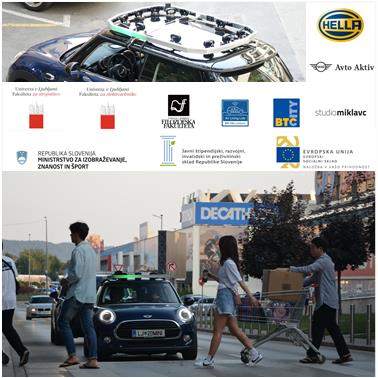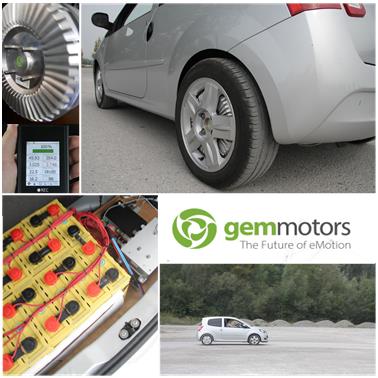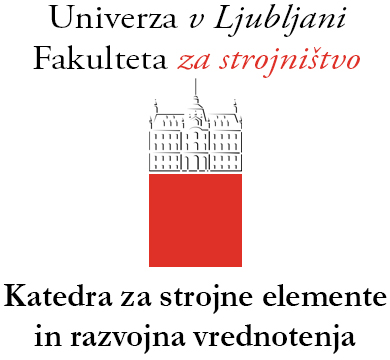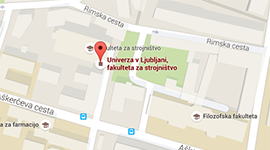LightCom - Development of the concept of light communication of an autonomous vehicle with other road users

Project: Creative Path to Knowledge
An important part of road safety is traffic communication between the vehicle and other road users. Traffic communication is not only limited to direction indicators and other light and audio signals, but often also through gestures and by the eye contact. With the autonomous vehicles, this part of the communication between the vehicle and other road users will disappear. We wanted to explore what are the viable solutions to replace the existing communication between the vehicle and the driver and other participants in the traffic. The main purpose of the project was the implementation of the solution, whereas the final solution (prototype) has also been empirically evaluated and checked for possible ethical and legal constraints, which can present an obstacle in the future generalization of the solution to all autonomous vehicles.
Watch a promotional video (YouTube): LightCom
Adaptation of Renault Twingo to a Mild Hybrid vehicle

European strategies foresee that after 2030 hybrid and electric vehicles will be predominant. In order for KSERV to contribute to the implementation of such strategy, a joint project with students was carried out, with the goal to explore the possibilities of physical adaptation of a car with an internal combustion engine in the so-called soft hybrid and then also to carry out the adaptation. This type of hybrid, in addition to the main aggregate, contains also a smaller electric generator, which cannot provide enough power for completely e-drive, but it could be employed as a support to the main engine, especially in urban traffic with frequent congestion. This way, when driving in the city, emissions can be reduced by up to 50%, while at the same time the price of the adaptation is significantly reduced.
Therefore, with the help of the mentor, the students carried out the entire mechanical adaptation of the vehicle, remaining all existing functional components unchanged starting from the brakes. In order to achieve this, the geometric modification of electric motors was also performed. Over seminars and diploma theses also other components of the electric drive train, such as: battery pack, integrated battery charger, battery management system (BMS) for controlling battery pack and control circuitry were selected. Within the project, E-differential was designed and tested, which ensures proper functioning (speed) of the electrically driven rear wheels when cornering. The result of the project is a functional prototype. The prototype will be further developed until the entire control system is completely automated.
Watch a promotional video (YouTube): Twingo mild hibrid







